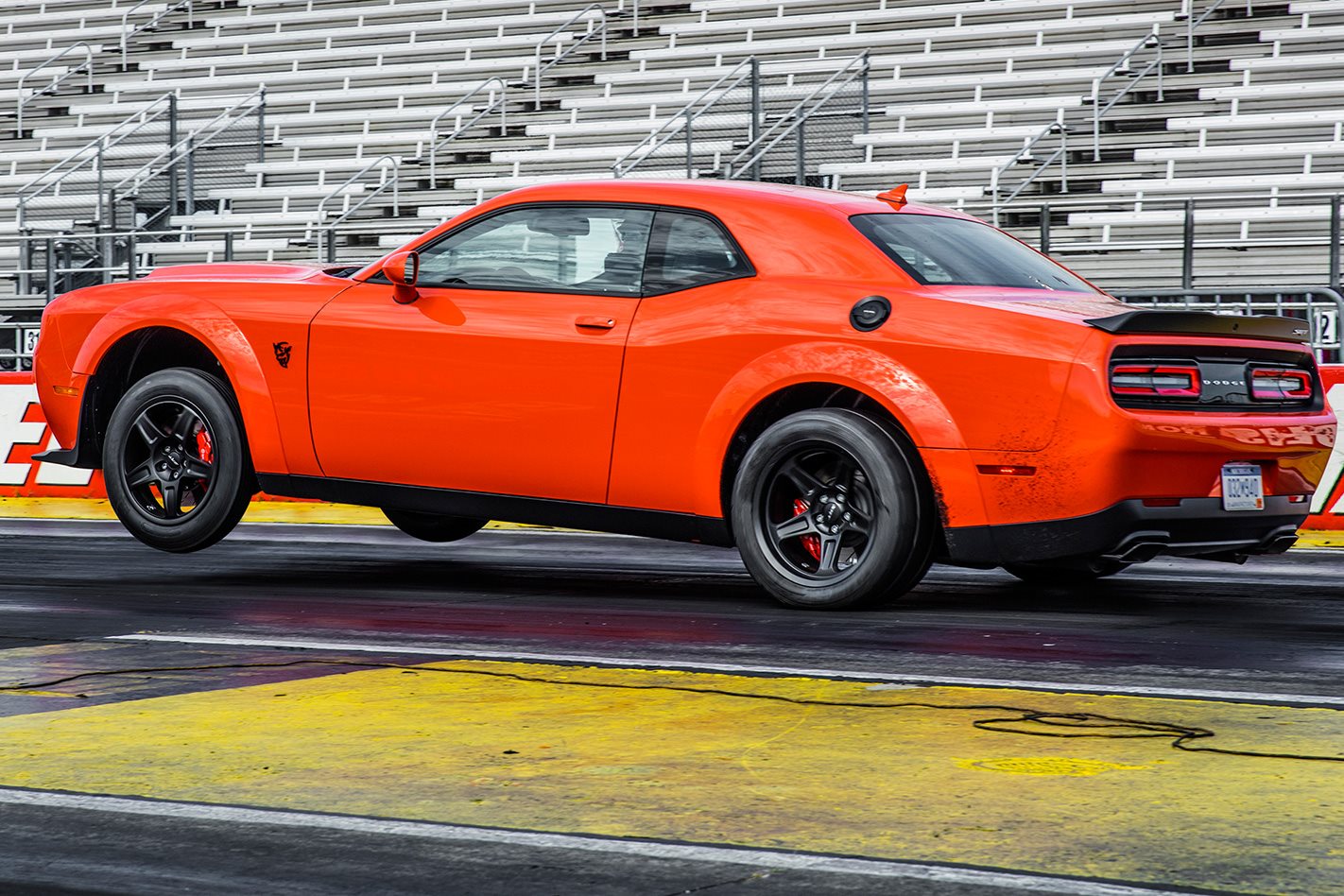While some of us lament the good old days, perhaps the good old days are actually right now.
When was it ever possible to buy a 626 kW muscle car that does the quarter in less than 10 seconds?
At least in America, you can walk into a Dodge dealer and roll out with a hellion of a car: the record setting Challenger SRT Demon. It’s been banned by the NHRA for being too fast for a production car and has been certified to pull wheelies. Yes, when it launches hard, its front tyres will momentarily lose contact with the asphalt.
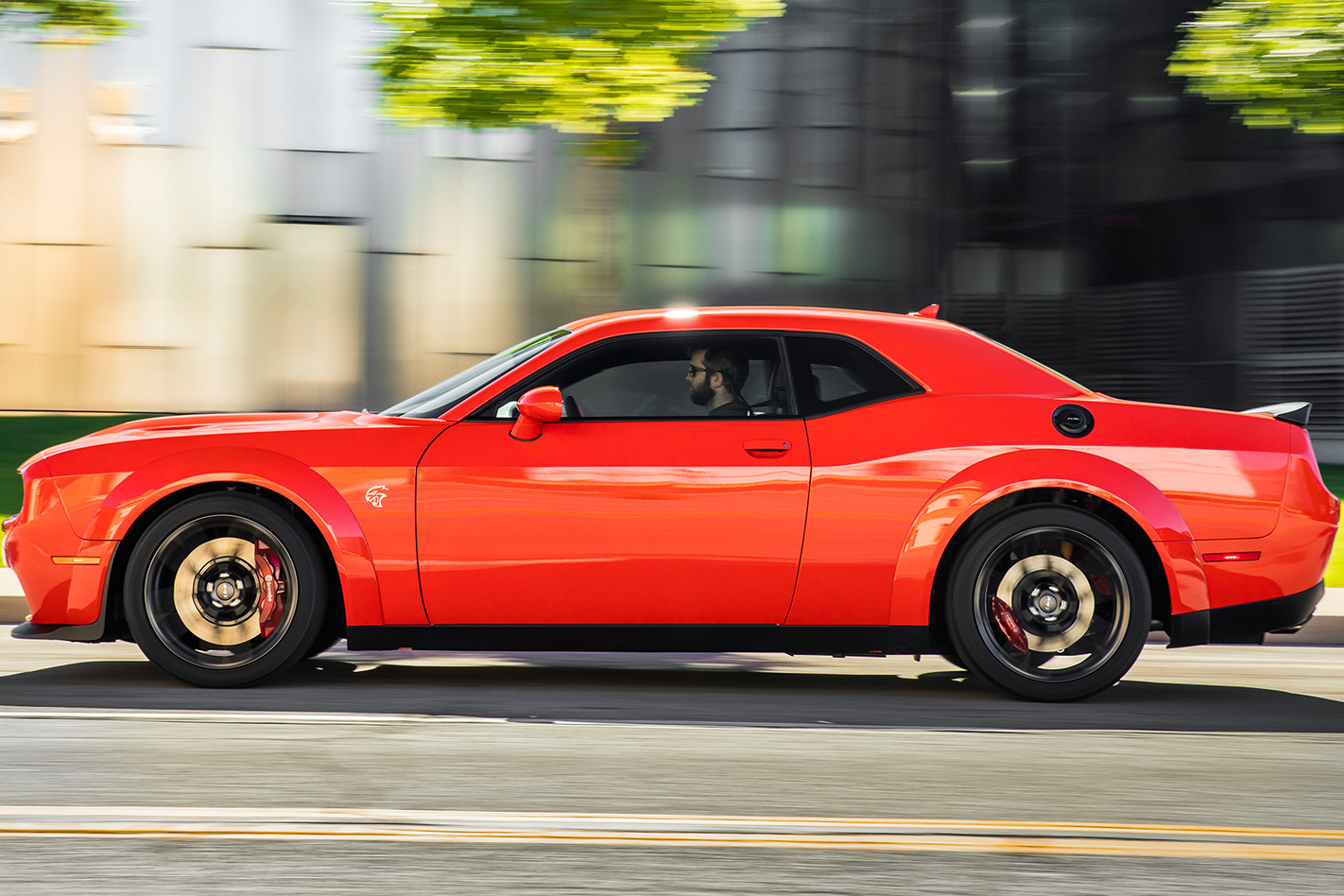
Even the completely mad Challenger SRT Hellcat may have had a little less tyre than necessary to harness its 527 kW, but it was reasonably well balanced for a muscle car.
At the time the Hellcat was launched, something that crazy was unfathomable, and now just two short years later, the Hellcat is the jumping off point for Dodge’s latest deranged two door.
The Challenger will always be a muscle car. It doesn’t pretend to be a sports car like some versions of the Mustang do. In true form, Dodge’s mandate for this Demon was to make it the fastest accelerating production car. That’s the perfect prescription for a muscle car.
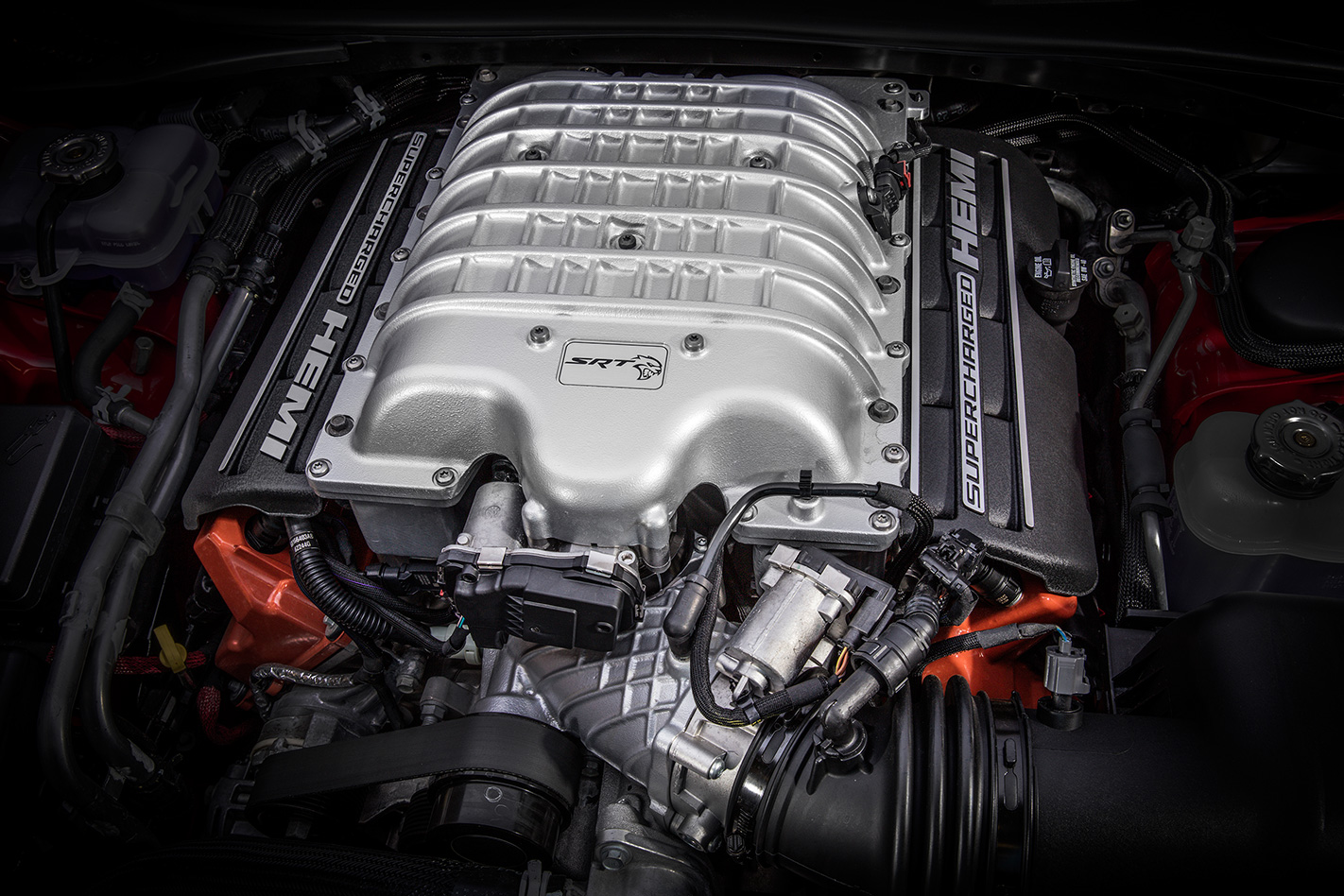
On typical American premium fuel, the Demon makes a phenomenal 603 kW and 972 Nm. As long as you’re carrying the famous red key, all of that power is at your disposal.
Power isn’t the only story, but rather the special drag-specific engineering that’s gone into the Demon that makes it as quick as it is unique. In Drag Mode, air conditioning is disabled and, more importantly, diverted to chill the engine’s incoming air.
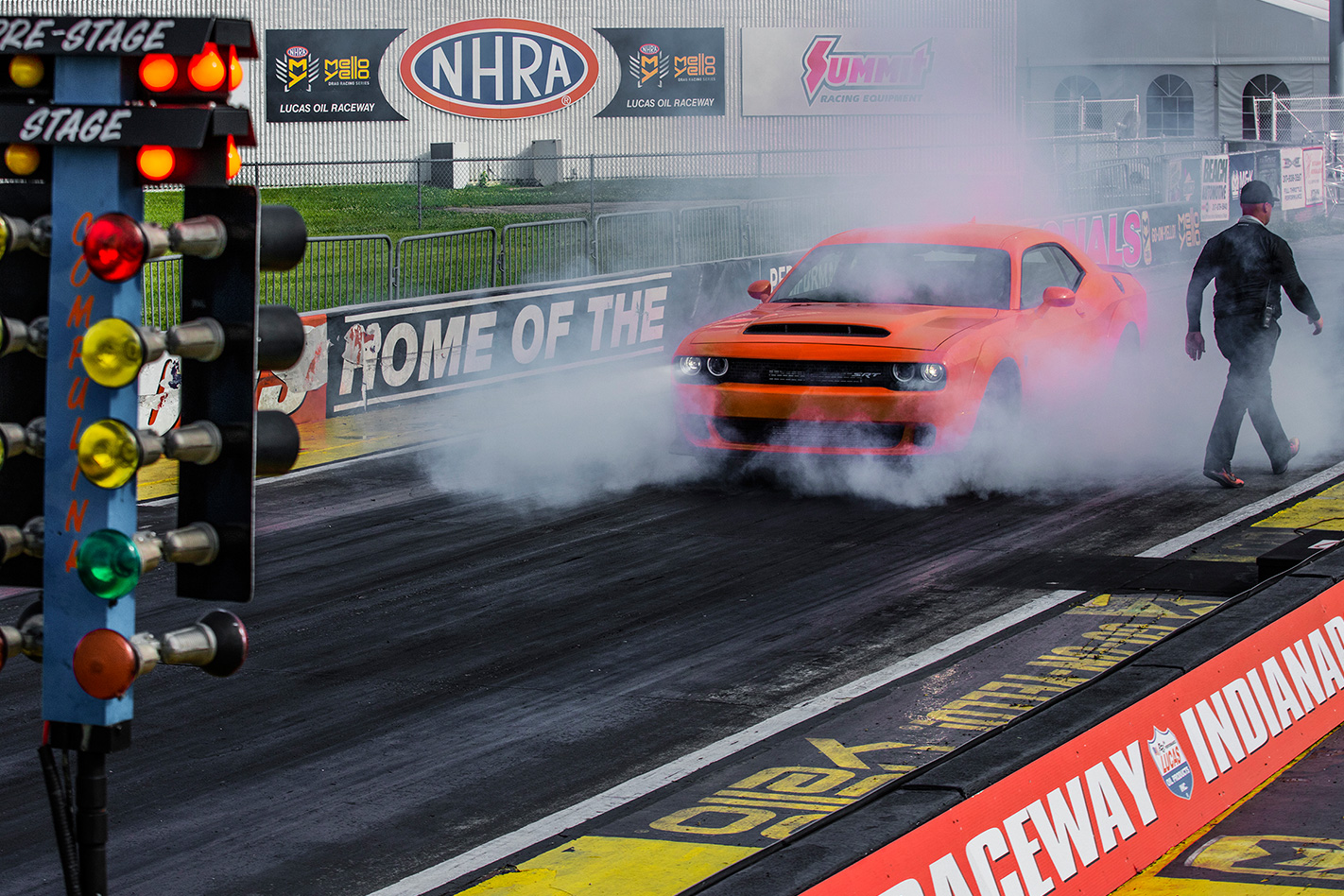
Available with an auto box only, the familiar eight-speed has a revised torque converter with a higher stall speed, and the driveshaft and half shafts are strengthened over standard Hellcat kit. The 3.09 final drive and limited slip differential are unique to Demon, as well.
SRT engineers fixed their tyre choice on the Nitto NT05R street legal drag radial in 315/40R18 sizes at all four corners, which means you’re conveniently rolling on a spare pair of rear tires that just happen to be bolted to the front axle.
Wheels are a unique lightweight design and under the widened wings, necessitated by the 315-section tyres, they look intimidating.
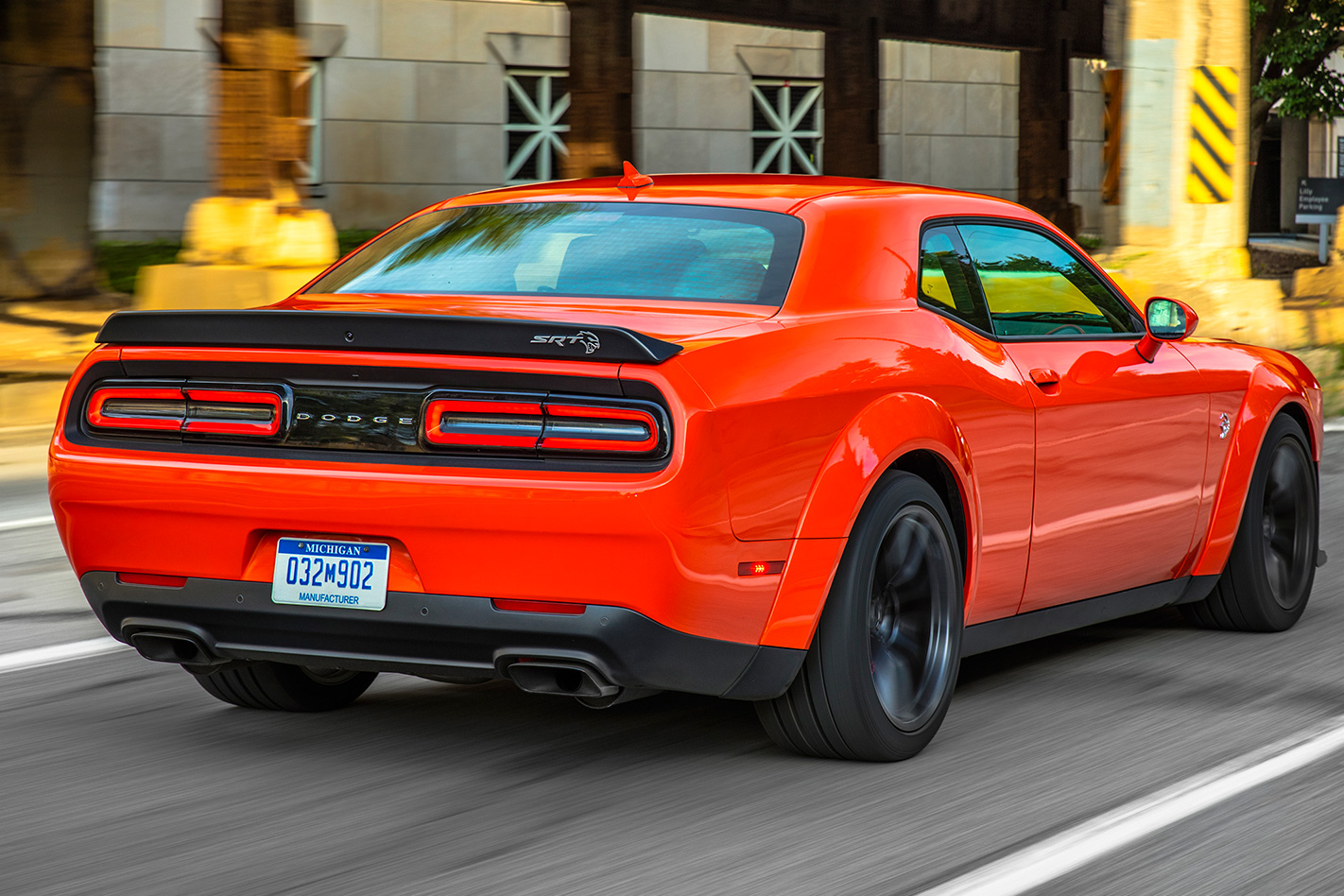
The necessary Demon Crate, which includes narrow, drag-specific front wheels and tyres, as well as the necessary tools to swap them trackside, also costs a single dollar and is personalized to the owner and the Demon.
Spring rates are softer front and rear, and the Hellcat’s adaptive dampers were retained, but thoroughly revised for the Demon’s intended purpose with straight line-enhancing settings in Drag Mode.
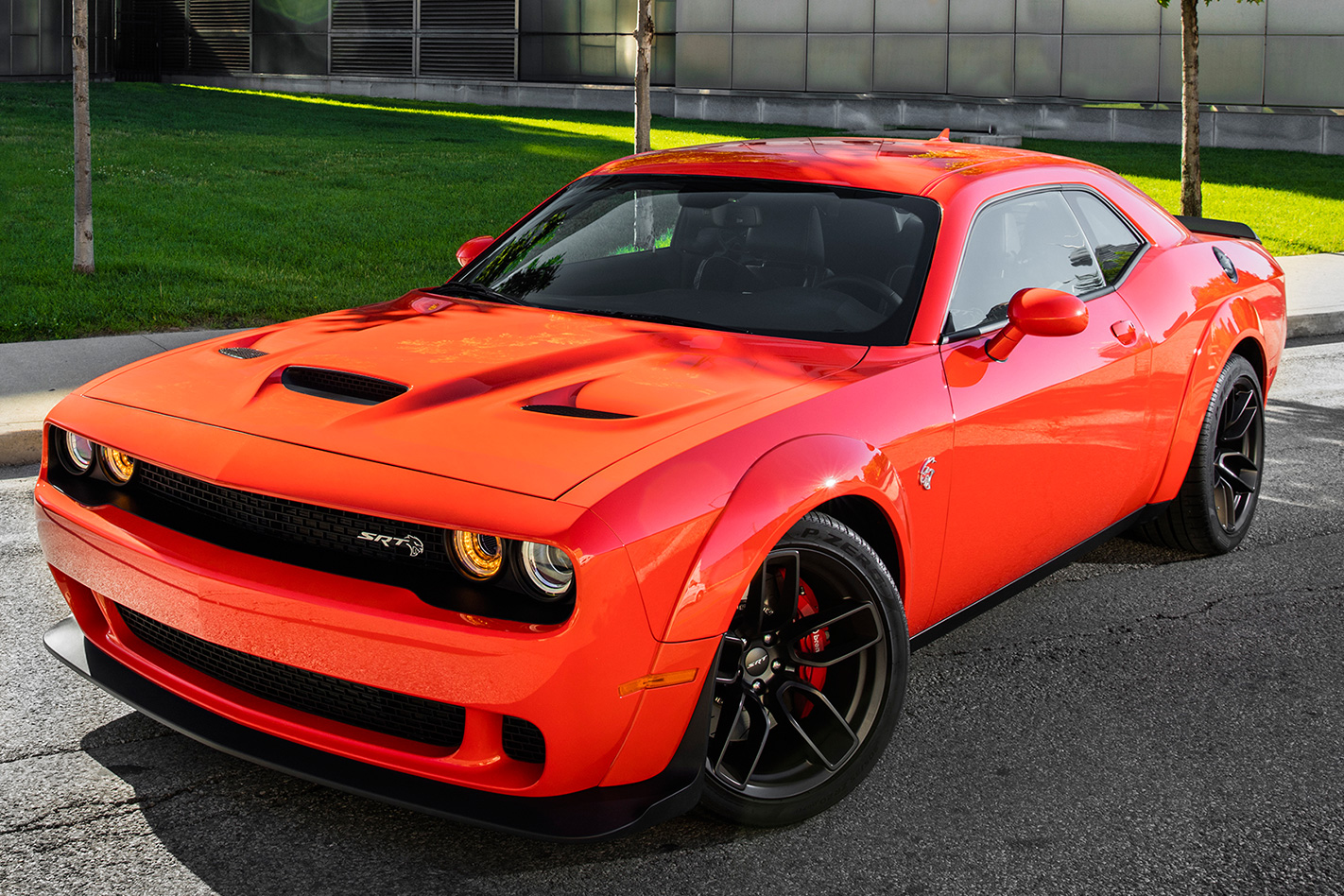
Once at the strip, enabling Drag Mode permits the use of three bespoke features: line lock, Trans Brake, and drag-spec damper settings. Part of drag strip etiquette includes a billowing burnout, turning rubber into a massive cloud of smoke, all in the name of cleaning the rear tires of any debris. We reckon we couldn’t condone using the line lock for burnouts for the sake of burnouts, could we?
The Trans Brake is the trick to getting the Demon down the strip as quickly as it does. A fully integrated system, it locks the front brakes, prebuilds boost, and preloads the drivetrain by locking all first gear clutches and one second gear clutch. Once the Trans Brake is released, the full fury of this Demon is released.
It’s best you hold onto that steering wheel, because the Demon throws you into the back of your seat with the thrust of a Saturn V rocket. At the same time, the Demon’s bonnet rises up to a disturbing height, so high that you lose some view of the road ahead.
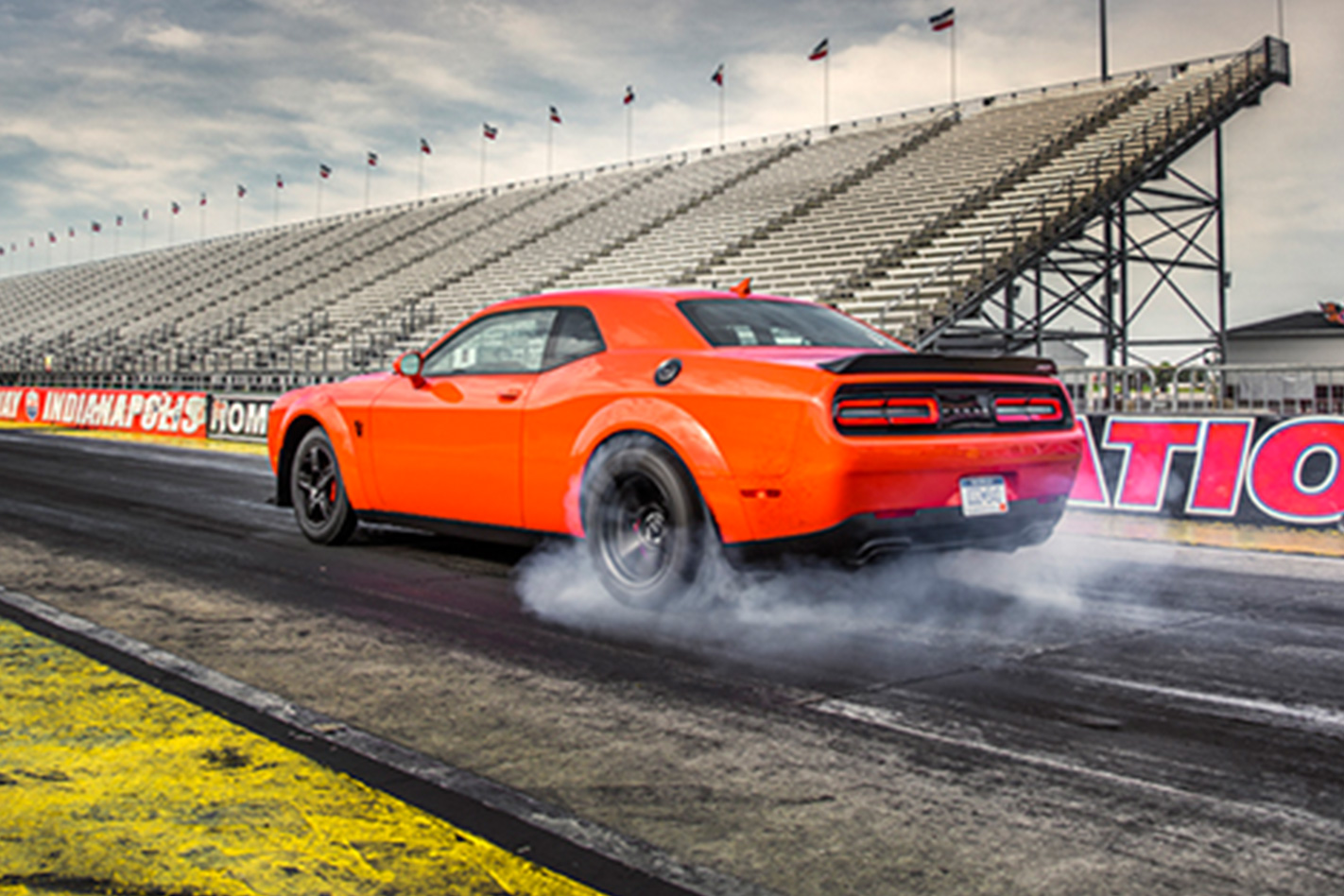
Dodge and the NHRA say it’ll lay down a quarter mile time of 9.65 seconds with a trap speed of 225 km/h. This drag racing novice achieved consistent mind-bending results on a hot American Midwest day: mid 10s at 210 km/h.
Pick your favourite multi-million dollar hypercar, it doesn’t matter. The Demon beats all comers to 100 km/h and through the quarter mile for a fraction of the price, with the muscle car attitude to go along with those shocking numbers. It’s a shame this one isn’t coming to Australia.
4.5 stars out 5 Likes: Hyper-focused engineering that delivers uncompromised results Dislikes: Not coming to Australia, ageing platform
Specs Engine: 6166cc V8, OHV, 16v, supercharger Power: 603kW @ 6300rpm Torque: 972Nm @ 4500rpm Weight: 1939kg 0-100km/h: 2.4sec (est.) Price: US$86,090

